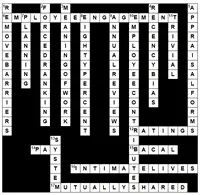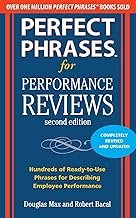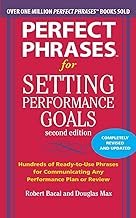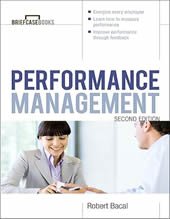Strengths Of The Narrative Method
The power of the narrative lies in its extreme flexibility. This allows managers to customize the contents of the review according to context, type of job, length of employment, or other factors that seem appropriate. That means that the same method of evaluation can be used for the CEO and for the maintenance staff. What would differ would be the categories and content, which would derive from the major job responsibilities of each. For example, one of the categories on a maintenance staff review might be “Knowledge of Cleaning Substances and Methods.” Clearly this category wouldn’t be used with a CEO, but “Knowledge of Accounting and Standard Financial Practices” might be.
This permits the narratives to be extremely job-specific, which makes them more helpful in improving performance. Contrast this with the standard use of ratings, which, if used across job types, tend to use much too general review or evaluative dimensions. If you are required to use a ratings format, the narrative can also be used to add specificity to the ratings. In that combination, you’d explain each rating with a short comment or narrative.
Another advantage of the narrative is that it doesn’t create an illusion of objectivity, as is often the case with rating systems. It is what it appears to be.
Weaknesses Of The Narrative Method
Narratives share a common weakness with any review methods that rely on an “end of year” process. They are based on both parties’ abilities to remember what’s happened over an entire year and to summarize a year’s events some time after the facts. The solution, of course, is obvious: to have regular performance reviews during the year, perhaps as often as once a month, where manager and employee can discuss performance and take notes. These “interim” meetings can be as short as five minutes, if they are done efficiently.
Narratives also rely on the skills of the narrator. It’s not easy to write a clear, concise description of an employee’s accomplishments, abilities, successes, and possible performance deficits. It’s not easy at all. The price of flexibility is that managers need to do much more during the review process than, for example, if they were using a rating system, where all they have to do is circle a few numbers. Then again, if that’s all that’s done—circling a few numbers—the benefits of the review drop to zero.
Some people feel that narratives are not useful because they don’t yield an easy way to classify employees using some kind of overall assessment of performance. People like numbers. There’s some odd comfort in being able to sum up Jeff’s performance as a “68” and Jane’s performance as an “82.” The ability to summarize a year’s performance in one number is not part of the narrative method. This may be a plus, though, since those kinds of summaries are often inaccurate, still subjective, and likely to create friction between employee and manager.
Overall, though, the flexibility of narratives is exceedingly useful and outweighs the perceived weaknesses. However, if managers and employees lack the ability to write clearly and concisely, the narrative method may not be effective.




